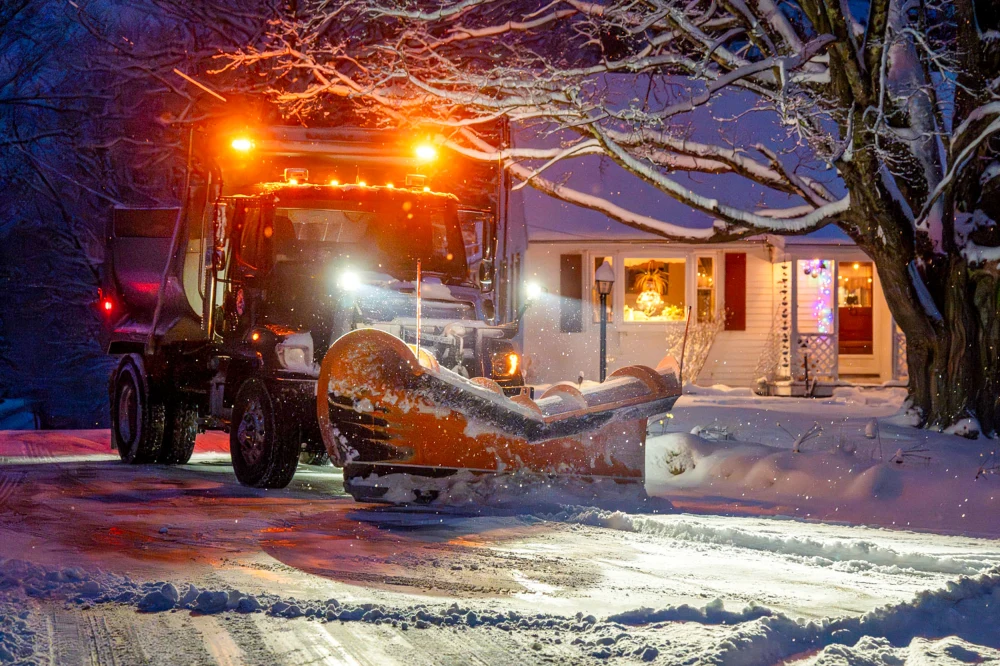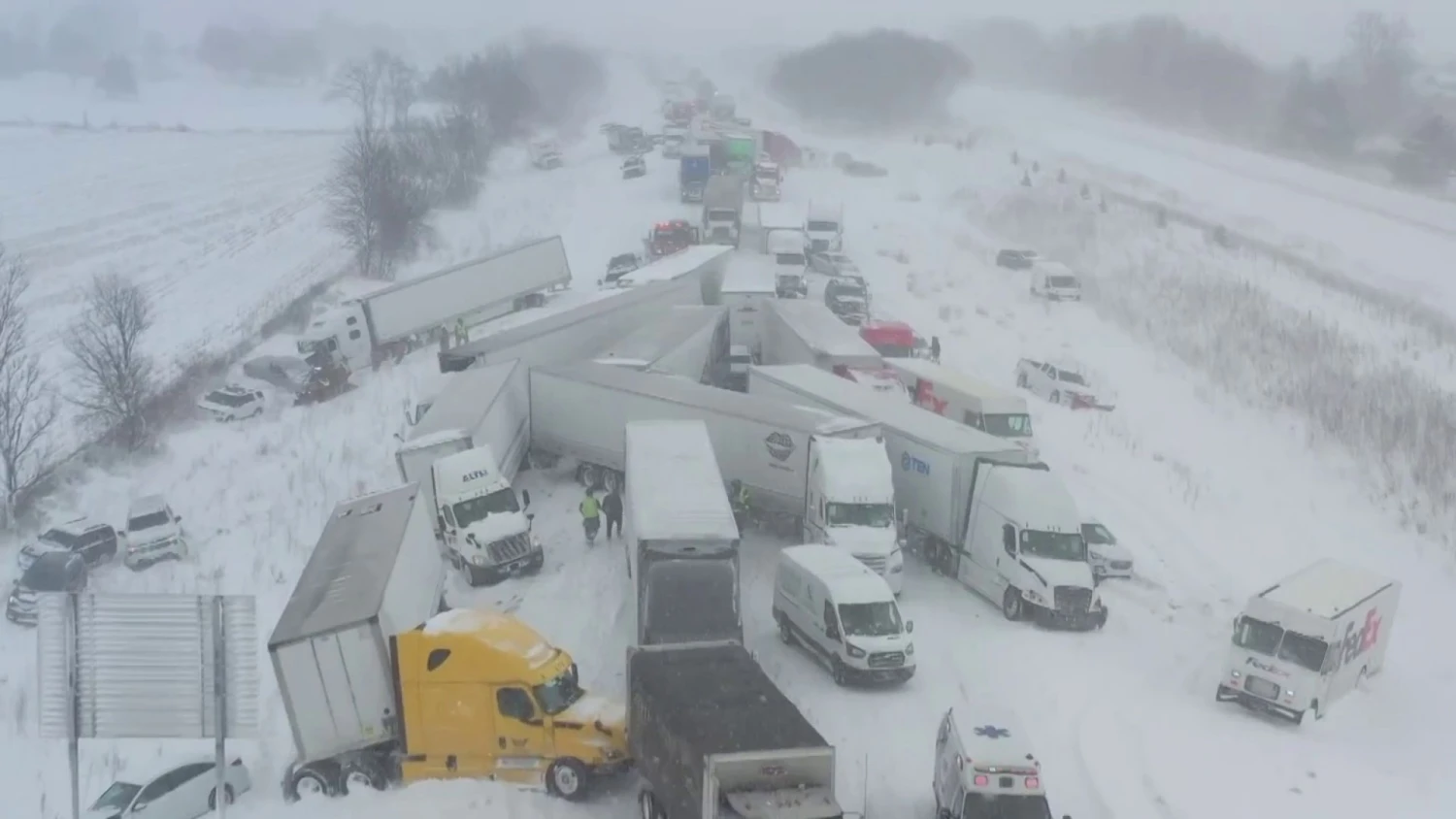Landfills are the third largest source of methane emissions in the United States and worldwide. These emissions warm the atmosphere by about 80 times as much carbon dioxide as 20 years, but methane from rotting food and organic waste ending up in landfills has received much less attention in the fight against climate change than methane emissions from oil and gas infrastructure.
Under the Clean Air Act, the U.S. Environmental Protection Agency is tasked with developing regulations to reduce methane emissions. But experts say landfill regulations are far from sufficient to achieve the needed reductions. They point to stricter policies being adopted by a growing number of states that could serve as a model for implementing stricter nationwide standards. The opportunity to implement such a standard is coming soon: A EPA A spokesman told Canary Media on Tuesday that the agency “The government is actively working on “revisions” of its rules for monitoring and recording methane emissions from landfills and could publish draft new rules as early as August.
The current EPA Rules that 2016require that any landfill used for the storage 2.5 Millions of tons or more to install a gas collection system – essentially a network of pipes that suck methane out of garbage piles to prevent it from warming the atmosphere. The gas is then burned, releasing carbon dioxide, which is less harmful to the climate than the rapid warming caused by methane. In some cases, methane is burned at the landfill, either underground or with flares. Some landfills use the gas to generate electricity or fuel garbage trucks, or even pump it into existing natural gas networks.
The EPA also requires quarterly monitoring of surface emissions. A worker must walk the perimeter of a landfill with an air sensor and inspect the landfill for approximately 100-foot intervals. When methane is above 500 parts per million, it is considered an excess, and the EPA requires the landfill operator to take corrective measures, such as adding an additional layer of soil to aid in the oxidation of organic material. The operator must re-take measurements to ensure that methane emissions have decreased.
These regulations have loopholes that experts say lead to unnecessarily high emissions. First, landfills that are small enough to have no gas collection system can still produce significant amounts of methane. When landfills have gas collection systems, the pipes themselves can crack and leak, and the EPA has no standards for detecting these types of problems. In addition, monitoring methane on the surface of the landfill is prone to human error, and 100At openings of 300 m depth, where no monitoring takes place, methane plumes inevitably remain undetected.
Recent reports have shown that methane emissions from landfills are underestimated. Exceedances are often observed when the EPA carries out on-site inspections.
A study published in March in the journal Science concluded that methane emissions from landfills on average 40 percent higher than what was EPAThe study, which 200 active US landfills that use airborne sensors to detect methane plumes found that 52 Percent of the landfills examined had detectable emissions, and in more than half these emissions persisted for months or years.
In May, Industrious Labs, a group that advocates for the elimination of industrial sources of climate pollution, analyzed EPA Inspection reports from 29 landfills and found more than 711 Methane exceedances above the 500 ppm limit. In many cases, the landfill operators had not detected any exceedances during the usual quarterly monitoring.
Katherine Blauvelt, Director of Circular Economy at Industrious Labs and author of the report “The hidden costs of landfills”, it says that while there are instruments to prevent methane emissions from landfills, “They are not being used on a large scale across the country.”
Approaches vary from state to state, but there are best practices
Some states are lowering the threshold at which landfills must install gas collection systems based on the amount of waste on site and the amount of methane emitted. This has required more mid-sized landfills to install gas collection systems. Others are requiring monitoring at shorter intervals and have expanded the scenarios in which landfill operators must take corrective actions to reduce methane emissions. In addition, states have required landfill operators to monitor their gas collection systems for leaky pipes, standing water, and other maintenance problems that can lead to methane leaks. And several states are eliminating open flares and requiring landfills to use closed flares that burn a higher percentage of methane.
These best practices were developed in California, the first state to enact stricter regulations on methane in landfills. 2010As the most populous state in the United States, it still has the second highest total amount of methane emissions from landfills, but its per capita emissions rate in 2021 was about half as high as in the other largest landfill methane emitters, Texas, Florida, Georgia and Ohio – even though none of these states have rules to reduce landfill methane.
After California demonstrated that stricter methane controls at landfills could have significant impacts, Oregon, Maryland, Washington and Michigan followed suit.
Oregon
Adopted in 2021Oregon’s regulations expand the types of landfills that must follow methane protocols to all types except hazardous waste. The federal regulations apply only to municipal solid waste landfills that treat household and commercial waste.
The state has also reduced the required size of a landfill for the installation of a gas collection system. “We regulate everything from landfills to 200,000 tons of waste on site,” says Heather Kuoppamaki, a senior air quality engineer with the Oregon Department of Environmental Quality who helped draft the regulations.




